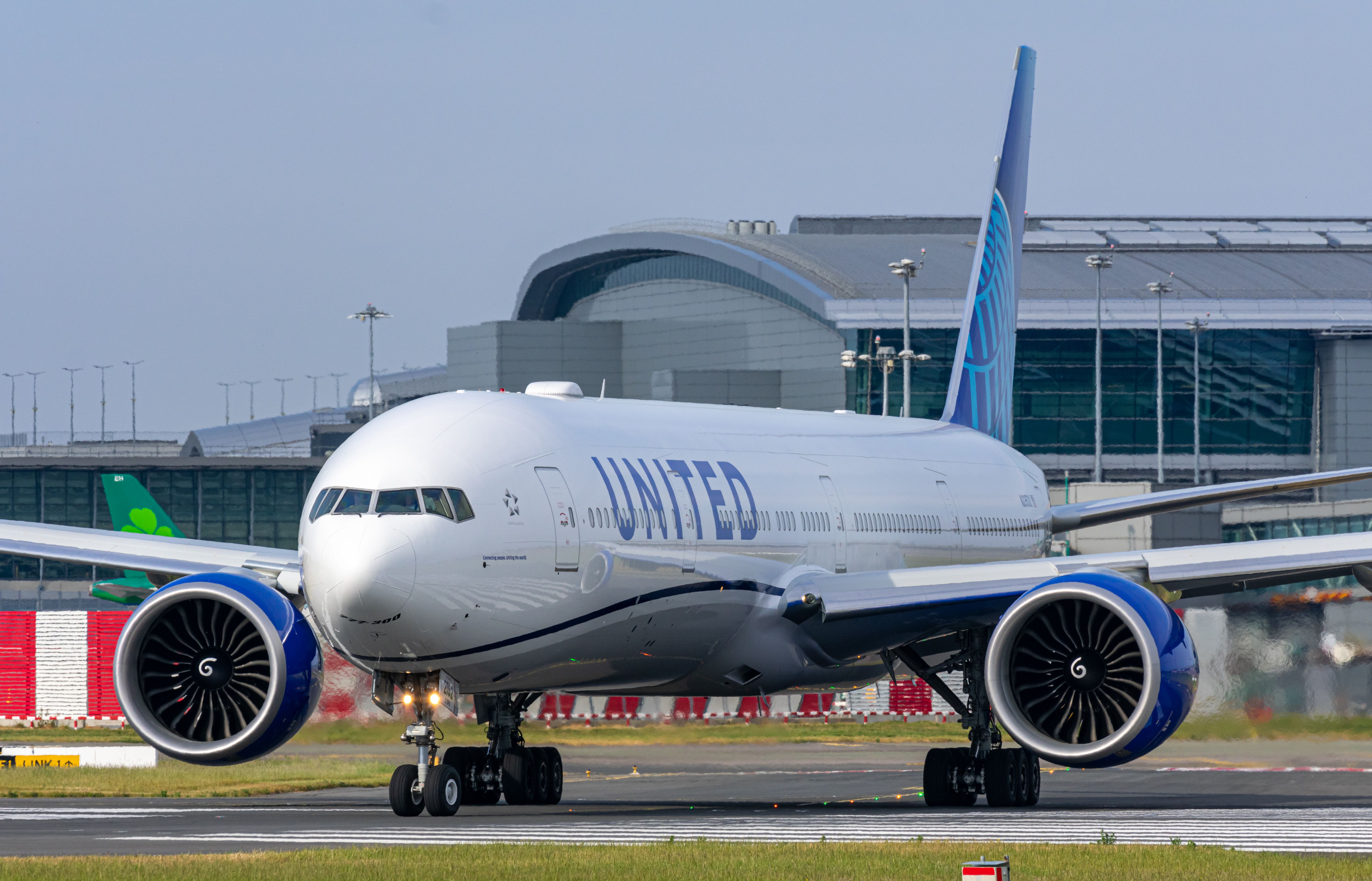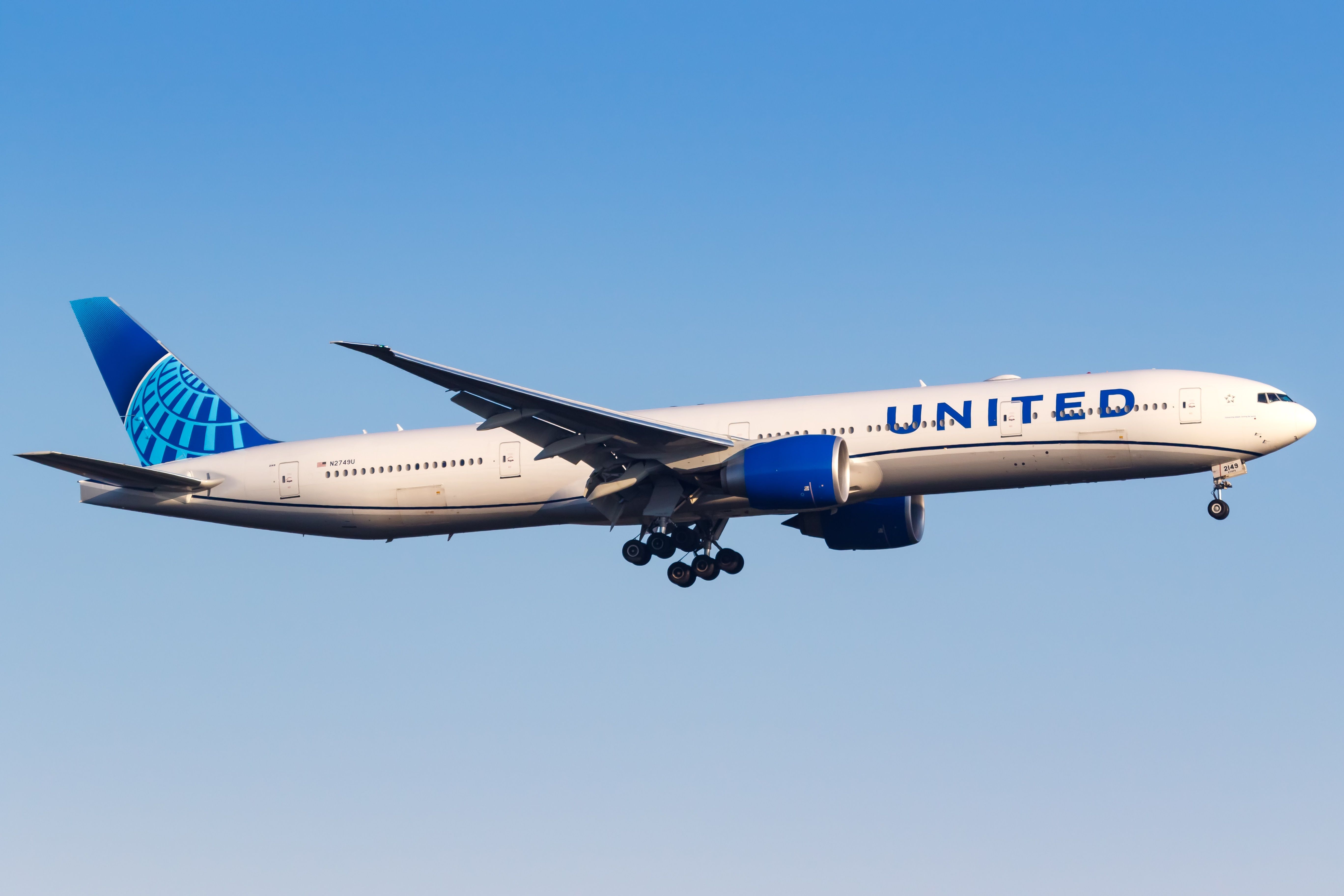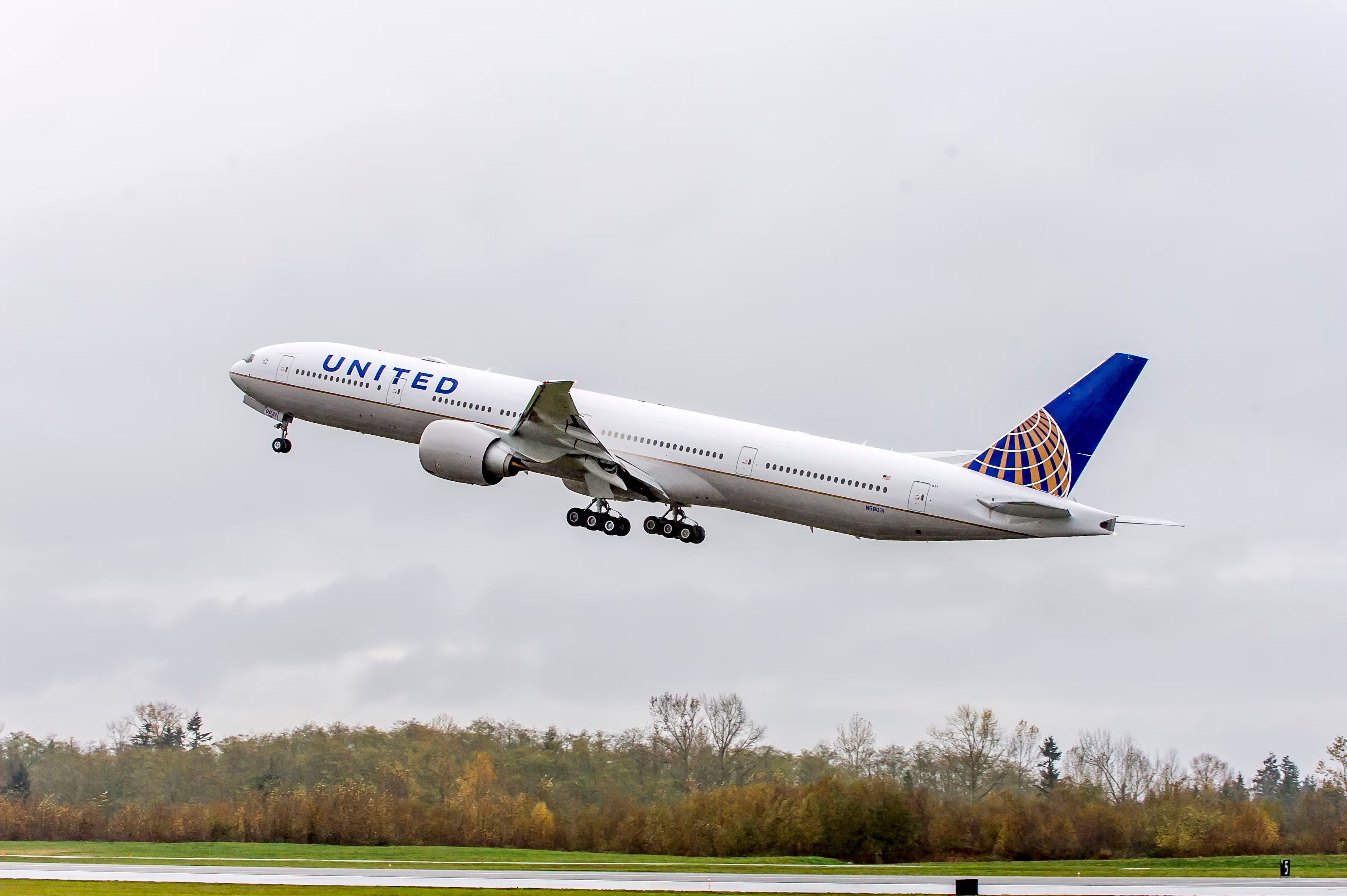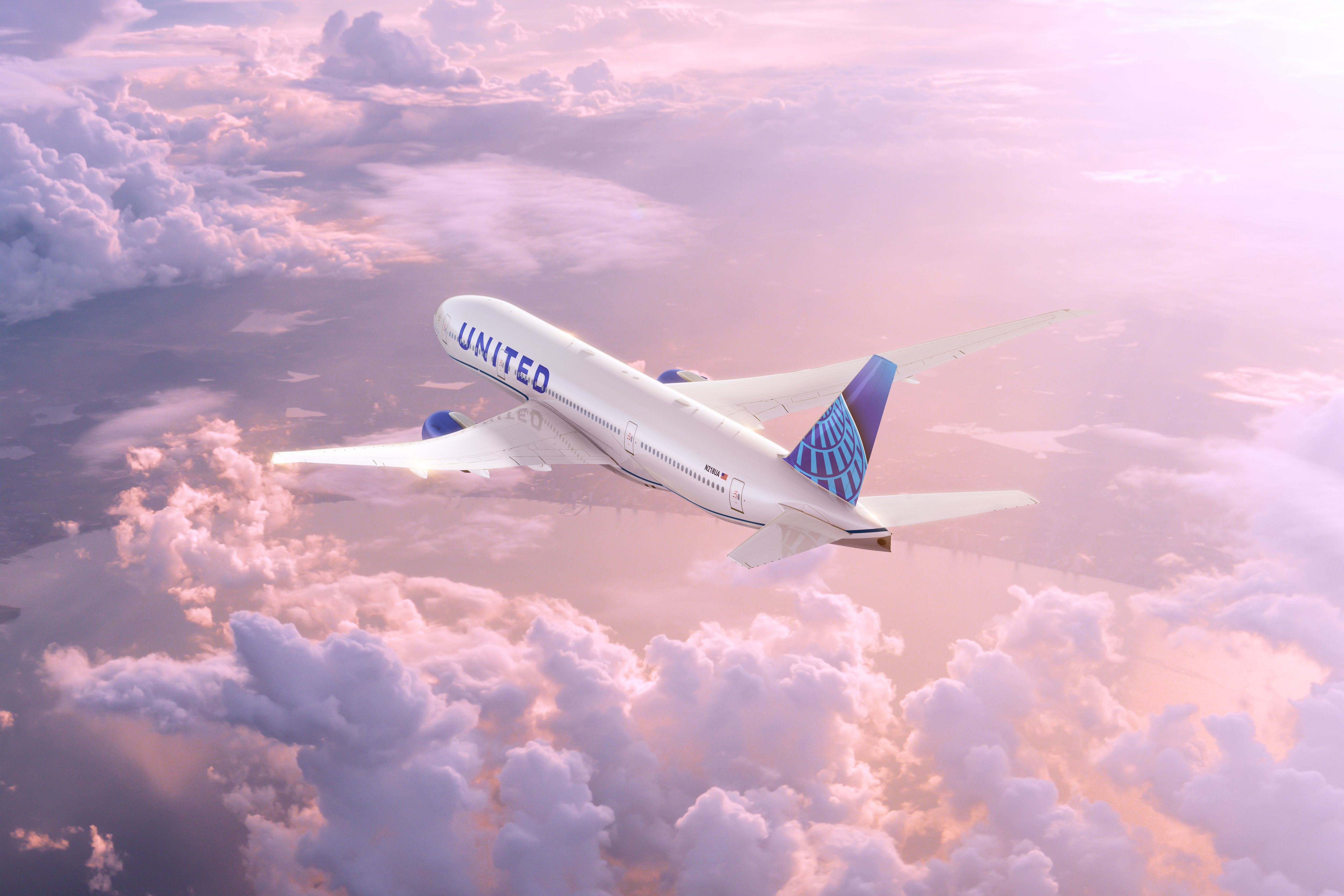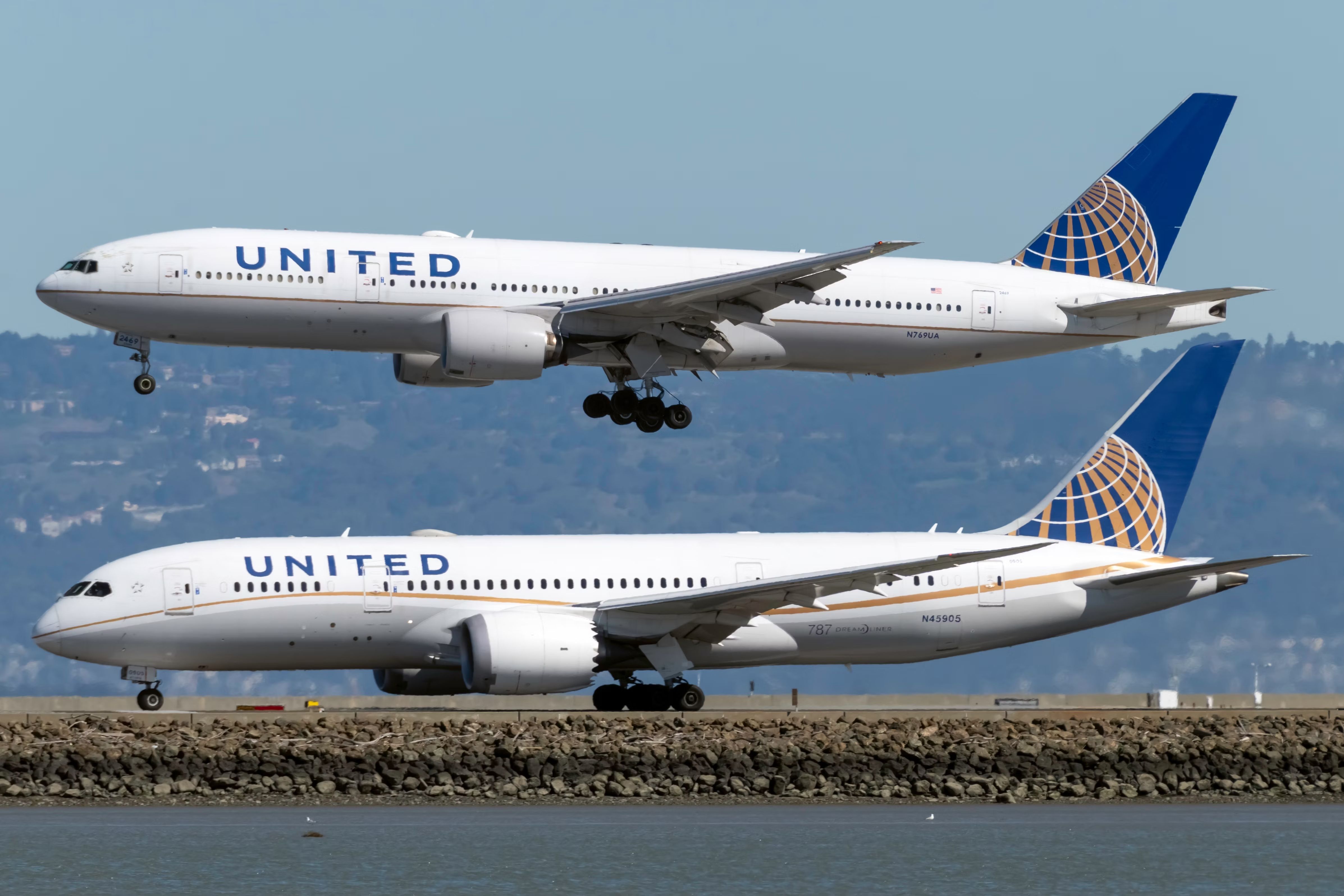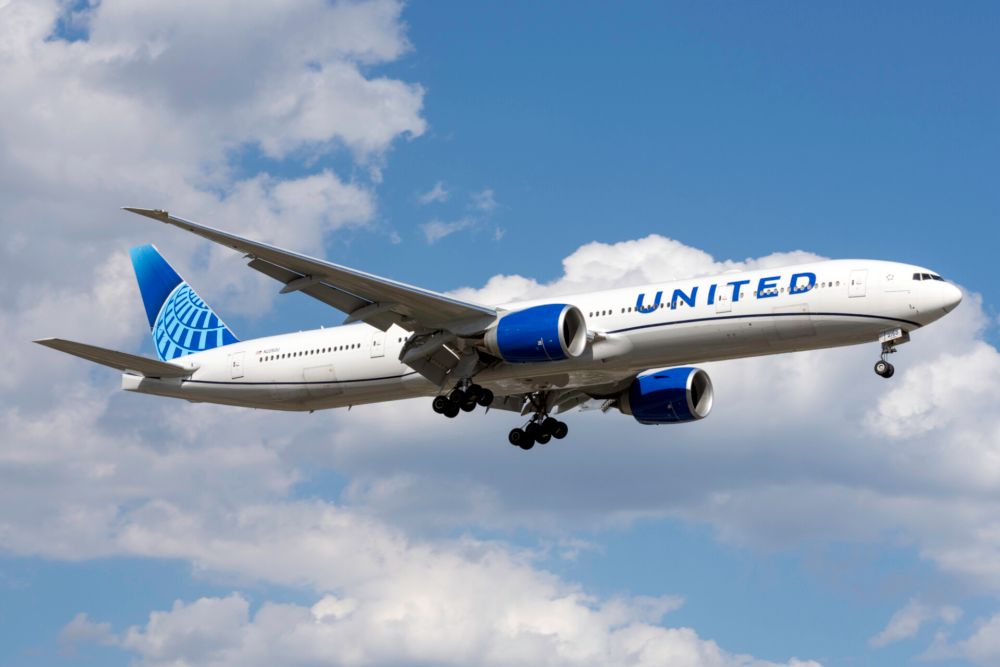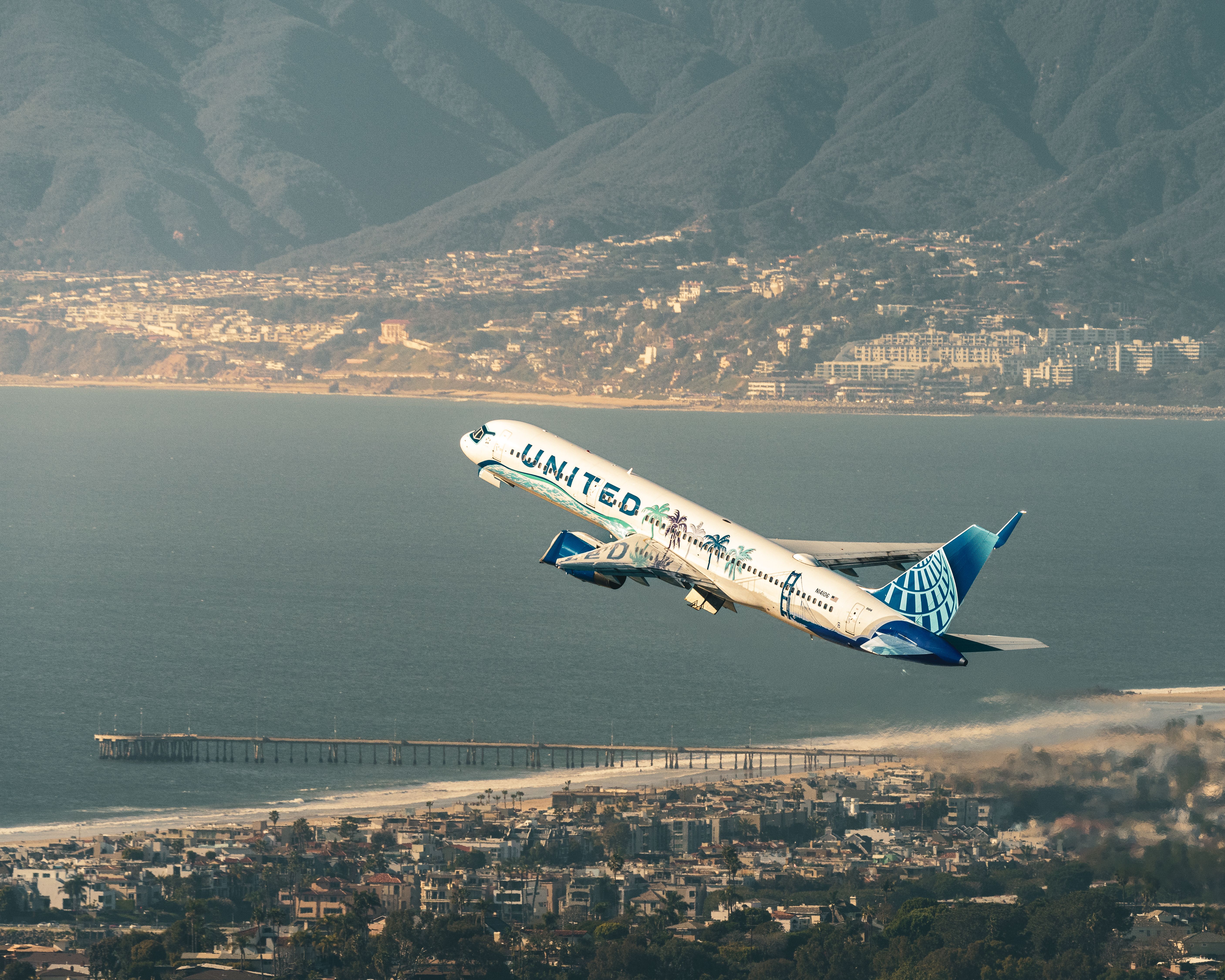The Boeing 777-300ER, the most popular variant of the world's largest twinjet, served as the workhorse of most long-haul fleets during the second half of the 2000s and the first half of the 2010s. Flying first with Air France in 2004, the variant has sold over 900 units and served airlines across the globe.
Some carriers are even synonymous with the type, providing flagship services on the jet alone. American Airlines' Flagship First product is only available on 777-300ERs, and Air France's La Premiere can only be found on these aircraft.
One major carrier, the American giant United, turned down the opportunity to order the aircraft for over a decade, despite a variety of incentives to make a purchase. While more and more carriers filled their long-haul fleets with 777-300ERs, United remained a holdout.
Over time, the aircraft became less efficient by modern standards, and the aircraft manufacturer launched the 777X program, the next variant of the twinjet, in 2013.
With upgraded engines, more efficient performance, capacity for more passengers, and various other technical upgrades, the announcement of the 777X seemed to spell the end of the 777-300ER's glory days.
However, two full years after the launch of the 777X, United Airlines placed an order for 22 777-300ER aircraft that entered service in 2016, a full 12 years after the type's launch. While on the surface, the order seems a strategic mistake, looking back in detail reveals the ingenious strategy behind the purchase.
The 777-300ERs role
To understand this story, it is critical to identify the role that the 777-300ER plays within the United fleet. As advertised by Boeing, the 777-300ER has a capacity of up to 386 passengers, fitting nicely between the passenger capacity of the now-retired 747-400s and the modern 787 Dreamliner.
With the carrier's 747-400s retiring in the mid-2010s, there was no obvious replacement for the aircraft. The Airbus A380, which was on the market at the time, was far too large and inefficient to fulfill this role.
The Airbus A350 was both modern and did possess a somewhat appropriate capacity but came with other challenges. United didn't have an Airbus widebody in its fleet at the time, and incorporating one would have brought along a multitude of logistical complications.
Additionally, the type's backlog was lengthy, and even though the carrier ultimately did order the A350 a few years later, the jets will not be delivered until the mid-late 2020s.
A clear candidate for the 747-400 replacement would be the 777X, which provides both modern performance and an expanded passenger capacity. However, a variety of challenges on Boeing's production line would cause delivery slots to be delayed even further, with deliveries now not expected until 2025.
The 777-300ER, with its high passenger capacity, could seamlessly integrate into the United fleet, which already included a variety of 777 variants. However, the aircraft was old and inefficient by modern standards, lagging behind almost all the potential 747-400 replacements mentioned.
Why the 777-300ER was perfect for United
To dive deeper into why the 777-300ER was an ideal purchase for the carrier, it is important to identify that the optimal replacement for the 747-400 will be the Boeing 777-9. The 777-8, which has a more comparable capacity to the 777-300ER, was ultimately determined to be interchangeable with its predecessor by the airline.
In 2015, amid the challenges in the 777X's production line, Boeing desperately needed funds. Considering that the manufacturer receives a majority of an aircraft's payment upon delivery, the company was not set to receive the monetary benefit of 777X sales for years.
Hence, although all official sale prices are strictly confidential, United was likely able to negotiate a massive discount on its 2015 order for 777-300ER aircraft.
While the aircraft were outdated in terms of fuel efficiency, their lower purchase price allowed United to make up and most likely stay in the green on the 777-300ER acquisition.
Furthermore, the first of these 777-300ER aircraft were delivered to the carrier only a year after their purchase, allowing the airline to make immediate use of their new, rock-bottom-priced aircraft.
United's 777-300ERs today
Now, the 777-300ER aircraft are critical pieces of United's long-haul fleet, serving destinations around the world and equipped with the carrier's newest Polaris business class product.
With 22 of the type in service, they are among the highest capacity aircraft in the United fleet. Equipped with 350 seats, these jets are often served to connect major global hubs, such as Hong Kong and San Francisco, and nicely complement United's fleet of 787 Dreamliners, which serve slightly smaller markets.
When compared to other airlines, United's delayed purchase of the 777-300ER has placed the carrier at a strategic advantage. While awaiting the 777X, lots of airlines continue to operate 777-300ER aircraft that are approaching 15 years old, many of which are beginning to show signs of their age.
These carriers are either forced to seek out an unideal replacement for the 777-300ER (such as the A350) or handle the higher maintenance costs associated with these older jets.
United's 777-300ERs are still in the prime of their service lives and will undoubtedly serve passengers for years to come. In addition to 767s, 787s, and other 777s, the 777-300ER jets contribute heavily to the dynamic nature of United's 2015-2025 fleet.
The near future
The question of what the United fleet will look like after 2025, however, is more interesting to examine. Here, it is essential to remember that the airline has ordered the Airbus A350 and has pushed the order back several times. Currently, United will not receive any A350s before 2030, though many believe the carrier will never operate the type.
However, as previously mentioned, the United fleet continues to lack a genuine replacement for the Boeing 747-400. With the 777-300ER serving as an imperfect replacement, there remains a gap in the airline's fleet at the highest level of passenger capacity.
With point-to-point travel growing more popular, many would wonder just how necessary an aircraft with upwards of 350 seats would be. However, with airports growing larger and more and more people flying, expansion in the late 2020s will involve increasing the number of passengers per flight, specifically between large hubs (like those currently served by United's 777-300ER aircraft).
Read the latest Boeing news here.
Given the strategically strong decision to purchase the 777-300ER far after the variant entered the market, the carrier may not order the 777-9 (777X) now, but perhaps years down the line. Or perhaps not.
One thing about United is for certain: the airline will leverage its own strategy and analyze conditions within the market to determine the optimal time for the acquisition of new aircraft.

